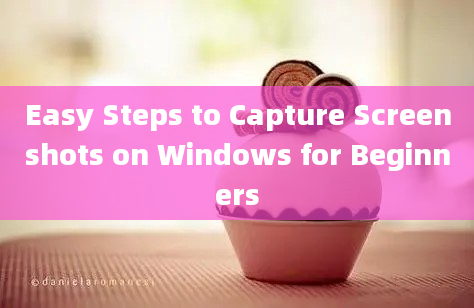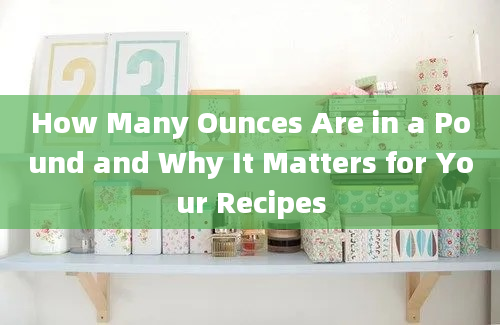The Essential Guide to Converting Quarts to Cups for Home Chefs

Cooking and baking are sciences that require precise measurements to achieve the desired results. One common challenge faced by home chefs is converting between different units of measurement. Quarts and cups are two such units that frequently come into play in recipes. Understanding how to convert quarts to cups is essential for accurate ingredient measurements. This guide provides a comprehensive overview of the conversion process, its importance, and practical tips for home chefs.
Understanding Quarts and Cups
Quarts and cups are both units of volume measurement in the US customary system.
Quart (qt): A quart is a unit of volume equal to 32 fluid ounces, or 4 cups. It is commonly used for larger quantities of liquid or dry ingredients.
Cup (c): A cup is a smaller unit of volume, equal to 8 fluid ounces. It is frequently used for measuring smaller quantities of ingredients.
The Conversion Ratio
The conversion ratio between quarts and cups is straightforward:
1 quart = 4 cups
This means that to convert quarts to cups, you simply multiply the number of quarts by 4. Conversely, to convert cups to quarts, you divide the number of cups by 4.
Why Accurate Conversion Matters
Accurate measurement is crucial in cooking and baking for several reasons:
1. Recipe Consistency: Ensuring that each batch of a recipe turns out the same requires precise measurements.
2. Texture and Flavor: Incorrect measurements can alter the texture and flavor of the final product.
3. Safety: In some cases, such as with baking, incorrect measurements can affect the chemical reactions, leading to unsafe results.
Practical Tips for Home Chefs
1. Use Measuring Tools: Invest in quality measuring cups and spoons for both liquid and dry ingredients.
2. Level Off Ingredients: For dry ingredients, use a flat edge to level off the top of the measuring cup.
3. DoubleCheck Conversions: Always doublecheck your conversions to avoid mistakes.
Common Conversion Table
Here is a quick reference table for converting quarts to cups:
| Quarts | Cups |
|||
| 1 | 4 |
| 2 | 8 |
| 3 | 12 |
| 4 | 16 |
| 5 | 20 |
Sources
For more detailed information on volume measurements and conversions, you can refer to authoritative sources such as:
National Institute of Standards and Technology (NIST): [NIST Guide to the SI](https://www.nist.gov/pml/specialpublication811)
U.S. Department of Agriculture (USDA): [USDA Cooking Measurements](https://www.usda.gov/media/blog/2016/06/16/measurementsmadeeasy)
Frequently Asked Questions (FAQs)
Q1: How many cups are in one quart?
A1: There are 4 cups in one quart.
Q2: Can I use the same measuring cup for both quarts and cups?
A2: Yes, you can use a measuring cup that has markings for both quarts and cups, but ensure it is designed for accurate measurements.
Q3: Why is it important to convert quarts to cups accurately?
A3: Accurate conversion ensures recipe consistency, maintains texture and flavor, and can be crucial for safety in baking.
Q4: How do I convert cups to quarts?
A4: To convert cups to quarts, divide the number of cups by 4.
Q5: What is the best tool for measuring quarts and cups?
A5: The best tools are measuring cups and spoons specifically designed for liquid and dry ingredients, with clear markings.
Q6: Is the conversion ratio the same for liquid and dry ingredients?
A6: Yes, the conversion ratio of 1 quart = 4 cups applies to both liquid and dry ingredients.
Q7: How can I ensure my measurements are precise?
A7: Use quality measuring tools, level off dry ingredients, and doublecheck your conversions.
Q8: What if my recipe calls for a fraction of a quart?
A8: Convert the fraction to cups by multiplying by 4. For example, 1/2 quart = 2 cups.
Q9: Are quarts and cups used globally in cooking?
A9: Quarts and cups are primarily used in the United States. Other countries may use different measurement systems like the metric system.
Q10: Can I use online converters for quarts to cups?
A10: Yes, online converters can be helpful, but always verify the results with a reliable source to ensure accuracy.
By understanding and applying these conversion principles, home chefs can enhance their culinary skills and achieve consistently delicious results.










